Is an NSValueTransform subclass a good choice for displaying Core Data attributes into UI views displaying:
- A number string like (0,1,2,3,etc) into a string such as (Pending, Completed, Frozen, In progress, etc)
- A number string like (0,1) into a app-based image (red.png if 0, green.png if 1)
Here's what Core Data displays for the two attributes, timer and status:

Here is what I want to be displayed instead, without changing the values in Core Data:

If not to use NSValueTransformer, in what other way is this possible?
I do not want to see the data permanently converted, only for the benefit of less data stored in Core Data and better UI view items.
I have also tried to modify the attributes in the managed object class (with out KVO notification) with no luck.